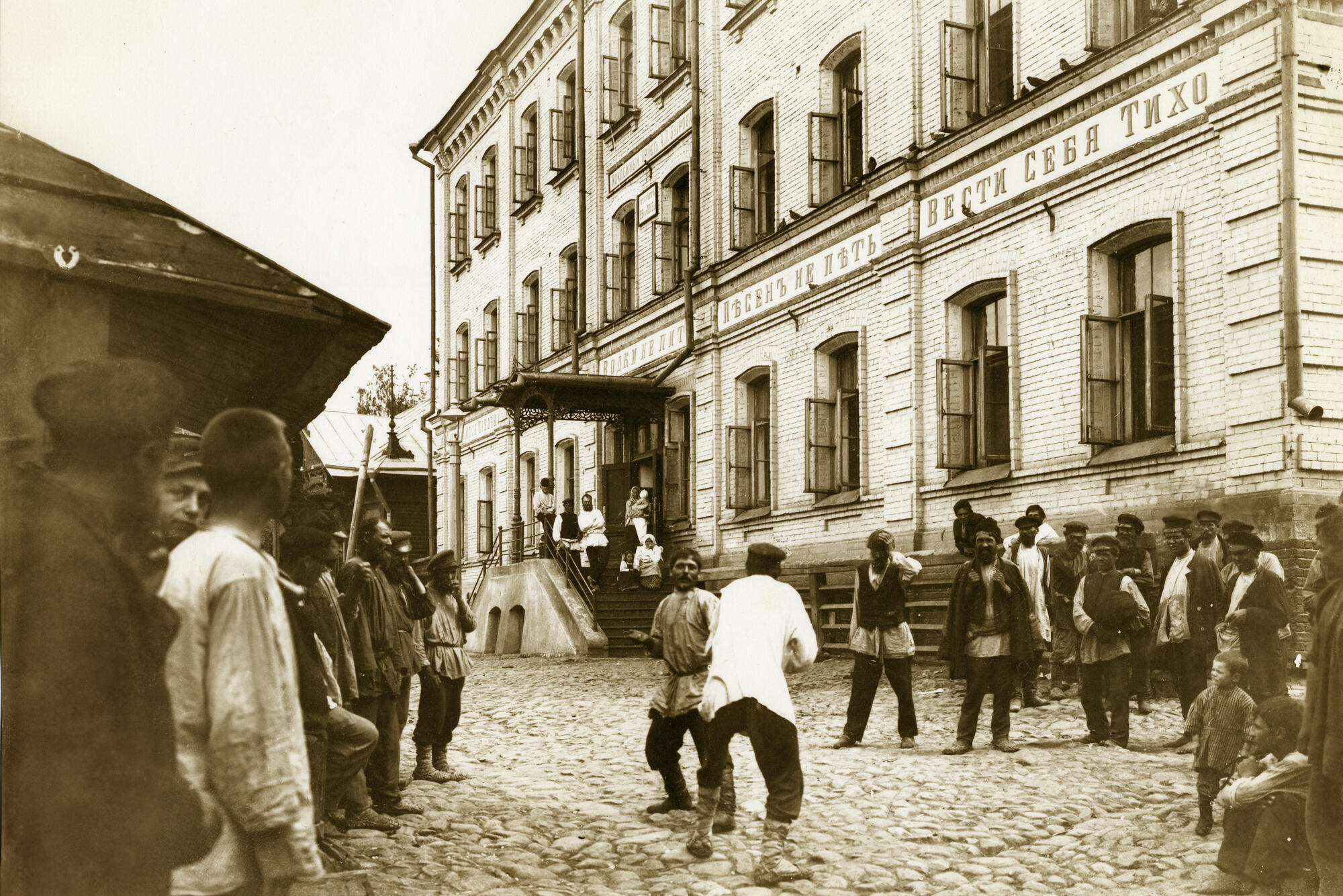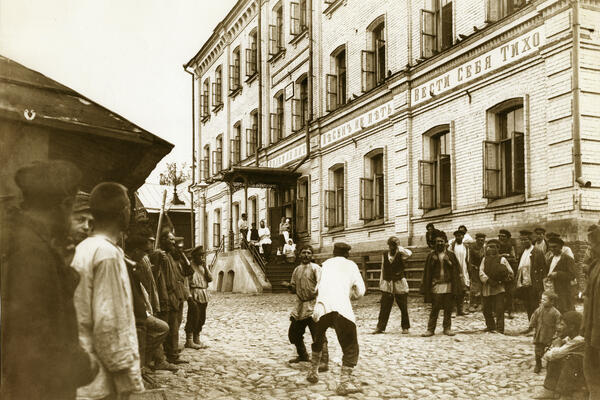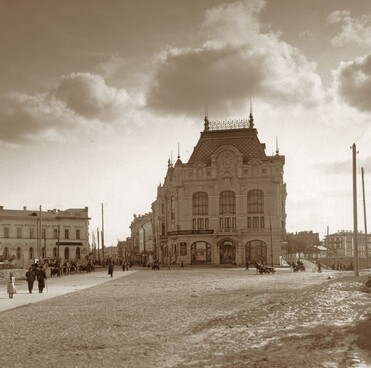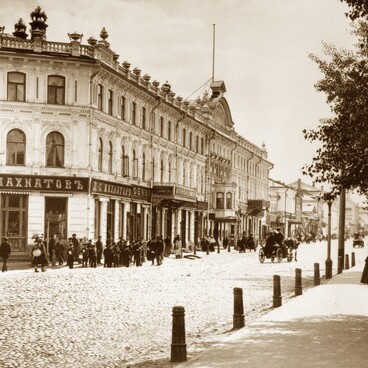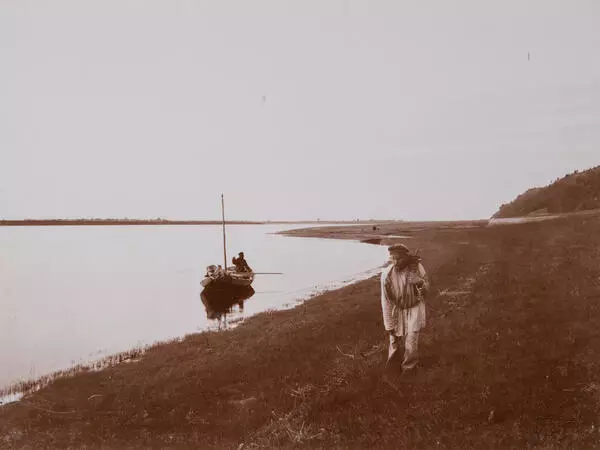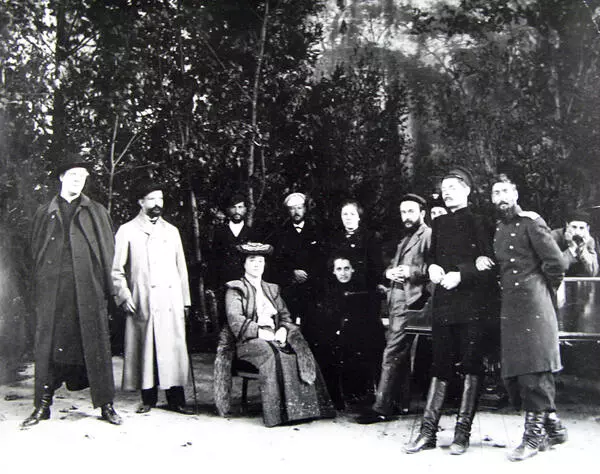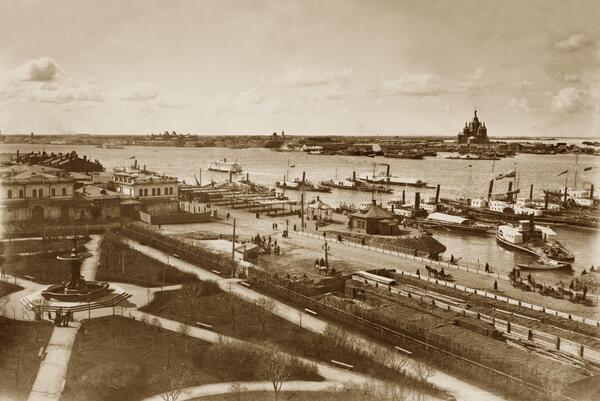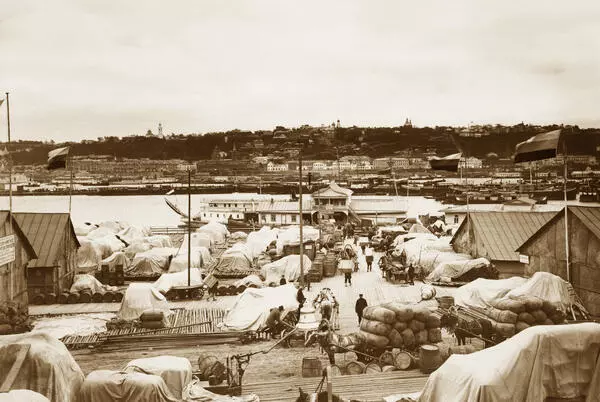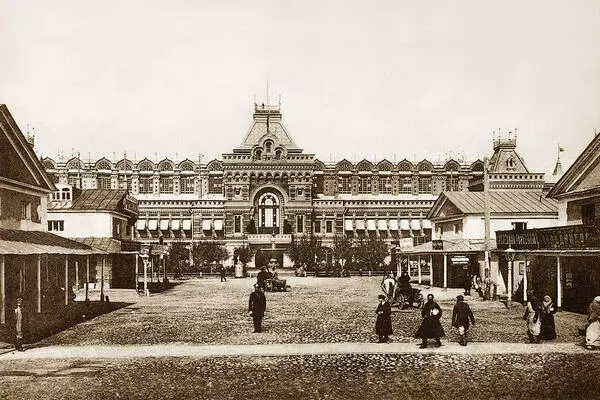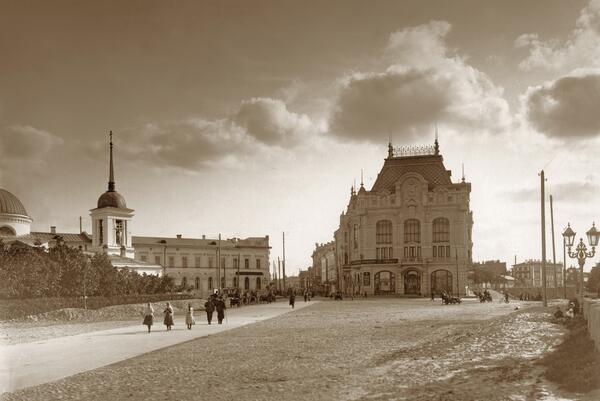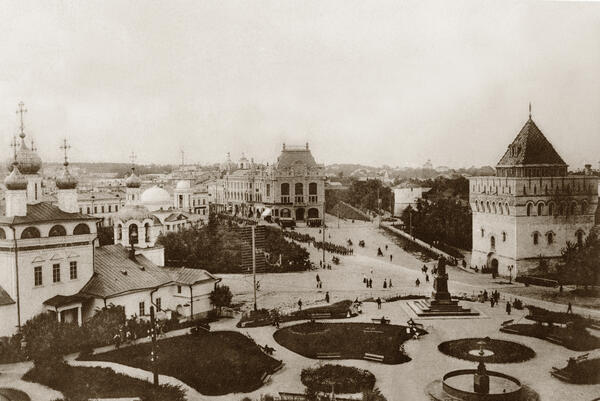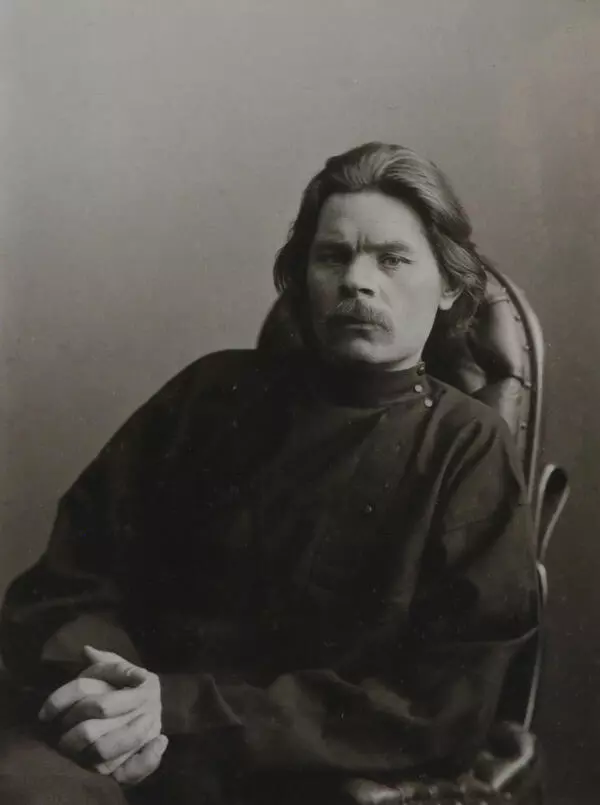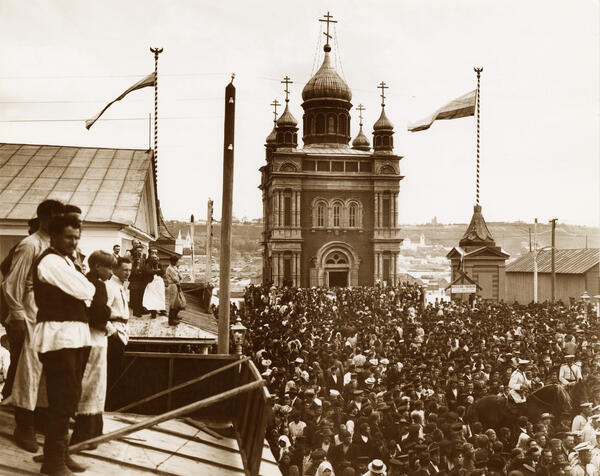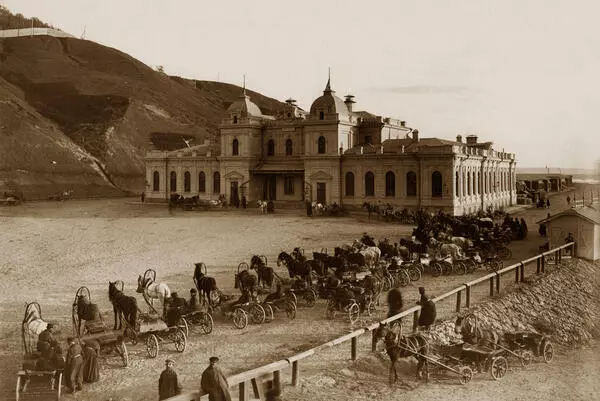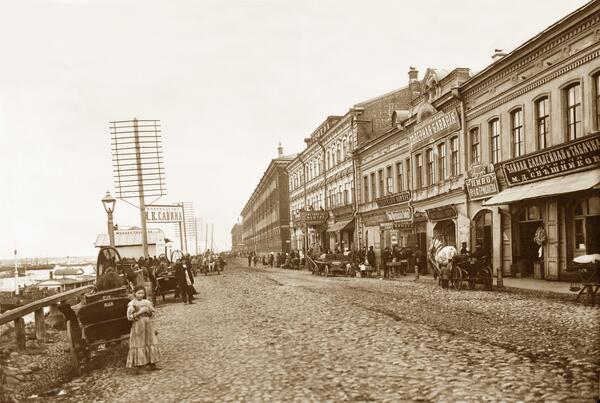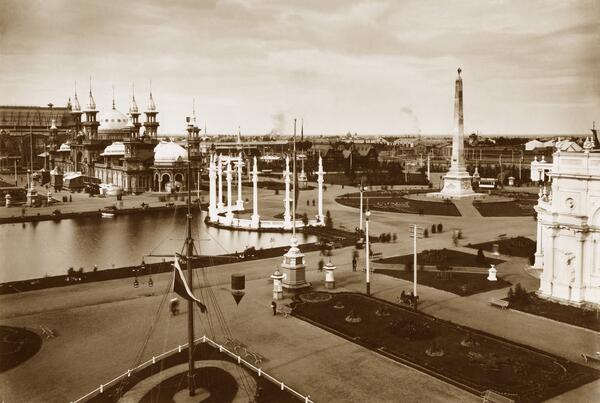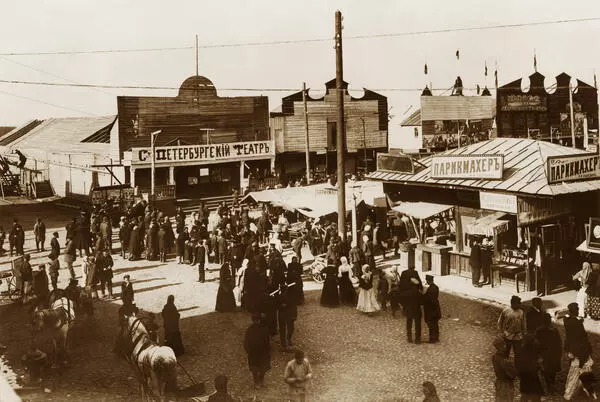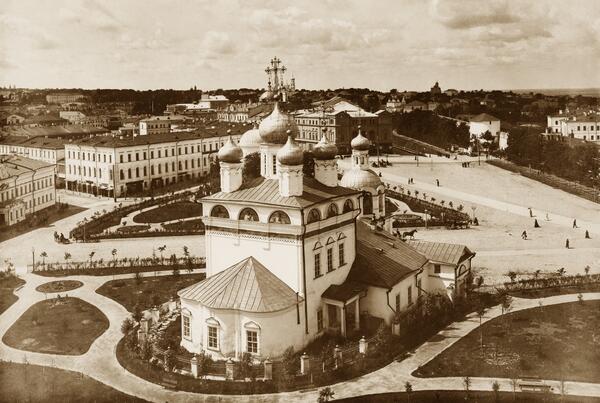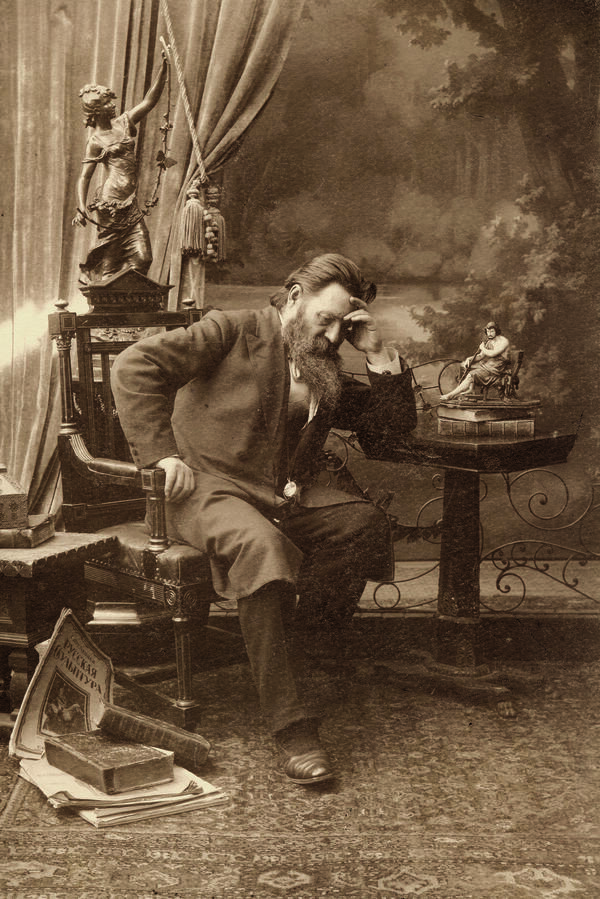Alexander Petrovich Bugrov was a generous Nizhny Novgorod philanthropist. He inherited a fortune of 250,000 rubles, which was immensely large back in the day, and even managed to multiply it.
Alexander Bugrov donated 75,000 rubles for the construction of the city’s second water system, which earned him the title of an honorary citizen of Nizhny Novgorod.
Nikolay Alexandrovich Bugrov continued his father’s work. His charitable nature made him famous far beyond the borders of Nizhny Novgorod. Together with a merchant named Blinov, he established the Widow House, which provided shelter to 150 women and their children. Bugrov donated large sums to schools, almshouses and orphanages. Bugrov had a Khokhloma bowl filled with twenty-kopeck coins at his house. The coins were intended for beggars who came by the house. Bugrov also gave 5 rubles to homeless fire victims who came from afar; as for those who were close by, he helped them rebuild their houses and gave them a cow or a horse.
In memory of his father, Nikolay Bugrov built a shelter for the homeless, where they could stay for a night for five kopecks. The ownership of the homeless shelter was transferred to the city. Unfortunately, Alexander Bugrov did not live to see the opening of the homeless shelter, and the place was named “Alexander Bugrov Homeless Shelter” in his honor.
The Bugrov Homeless Shelter is a three-story stone building designed to accommodate 500–600 people. But in reality, it was filled with over 1000 overnight guests. People slept side by side under plank beds and in the corridors.
During the first general census of the population
of the Russian Empire in 1897, the guards gathered all the “lodgers” in one
part of the house and let them one by one to the census takers. These wretched
people, who were commonly called “bosyaky” (vagabonds), “zolotorotsy” (tramps),
and “galakhy”, did not cause any trouble. According to Dmitry Nikolayevich
Smirnov, a local historian from Nizhny Novgorod, among thousands of homeless
people there was a man who when asked the question about his rank replied
“Baron”. The census takers, who were obliged to fill in the sheets with the
information provided by the interviewees, seemingly hesitated. But the man
produced a greasy passport, which confirmed that he was indeed Baron Buchholz,
a member of the Nizhny Novgorod nobility who had sunk to “the lower depths”.
The man was later perpetuated as Baron in Maxim Gorky’s play “The Lower
Depths”.
